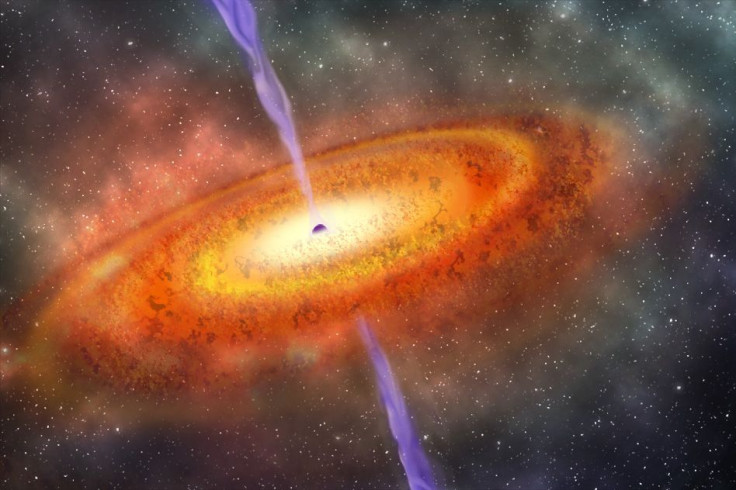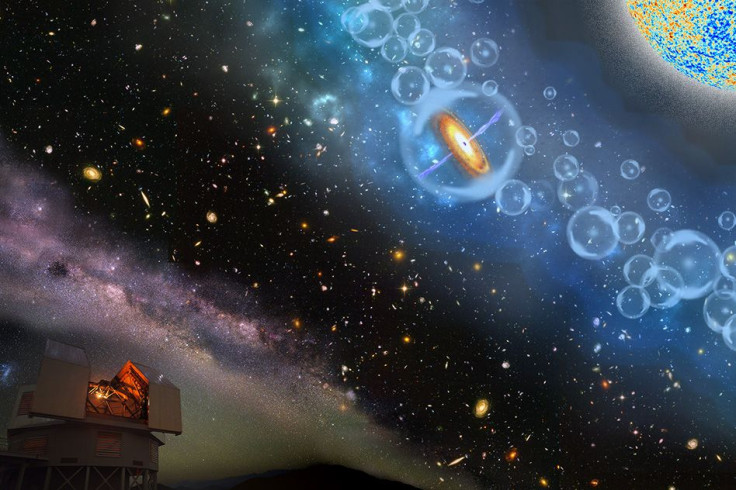Supermassive Black Hole Is Too Big To Exist

Astronomers who found the farthest supermassive black hole say it grew super quickly when the universe was just a newborn, making it a rare and mysterious space object.
The scientists spotted the supermassive black hole within a quasar, the bright center of a galaxy that consists of both one of these enormous black holes as well as a disk of material that orbits the black hole. According to their study in the journal Nature, it is about 13 billion light-years away, so they call it the most distant supermassive black hole ever discovered.
The team estimates that the universe was about 690 million years old at the time the quasar started blasting out its bright light to illuminate the galaxy’s heart — a blink of an eye by space standards. Stars and galaxies were just beginning to form at this point, so the supermassive black hole is a memento from a period of transition within the universe.

But in the short amount of time after the Big Bang when the supermassive black hole formed, it grew to more than 800 million times the mass of the Earth's sun.
“This is the only object we have observed from this era,” researcher Robert Simcoe said in a statement from the Massachusetts Institute of Technology. “It has an extremely high mass, and yet the universe is so young that this thing shouldn’t exist. The universe was just not old enough to make a black hole that big. It’s very puzzling.”
According to MIT, black holes grow into supermassive voids as mass slowly accumulates, and this specific black hole should have taken more than 690 million years to come together. Scientists say even accumulating at the fastest known rate would not produce a supermassive black hole of 800 million solar masses in such a short amount of time.
“So there must be another way that it formed,” Simcoe said. “And how exactly that happens, nobody knows.”
© Copyright IBTimes 2024. All rights reserved.





















